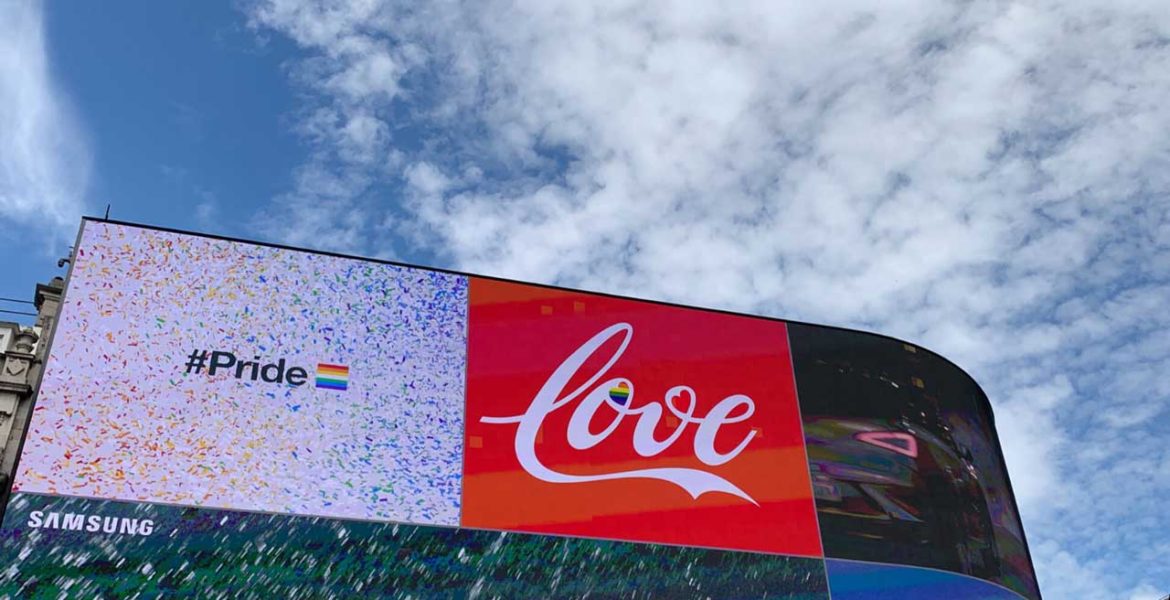It’s evident the landscape for digital advertising has drastically changed in light of the coronavirus. Whether you are an advertiser or ad buyer, a shift in approach and strategy has been needed to avoid further setbacks when reaching a consumer audience. But what lies ahead for DOOH and will its survival rest on a traditional OOH way of thinking?
Ran Ben-Yair, Co-Founder and GM at leading location intelligence technology company Ubimo, believes now is as good a time as ever for DOOH to thrive against adversity and sees new possibilities on the horizon as consumer behavior and audiences change.
In a recent sit down with AW360, Ran shared his thoughts on best DOOH practices to implement, how advertisers, marketers, and ad buyers can keep a pulse on this changing industry impacted by the pandemic and what opportunities remain to be seen or prove beneficial for sustained success.
AW360: Logic would dictate that with so many consumers staying indoors right now, out-of-home would be deprioritized. But you said the shift to digital makes the medium exceptionally relevant right now. Why is that?
The global crisis has created an environment where consumers are setting out with a specific reason in mind each time they leave the house. They need groceries, medicine, essentials, or any number of other necessities. There’s no such thing as an aimless trip to the store. “Intent,” is a measure often used in digital advertising to account for consumer behavior and their likelihood to purchase has hit the physical world. And with DOOH, brands have the ability to leverage those triggers and data points in real life, just as they would digitally. At a time when brand loyalty is exceptionally low, the recency and relevancy that DOOH affords is perfect for capturing the attention of today’s strategic shopper.
AW360: What are some opportunities DOOH affords that brand marketers should be taking advantage of right now?
Identifying the correct message for an audience is always of paramount importance for brands. But given the constant state of flux the world is in today, it’s even more critical as public opinion and mood shift from one minute — or geography — to the next. DOOH campaigns can be messaged in real-time to account for those shifts, enabling marketers to be agile within a climate that requires it. Further, marketers have the option to change the message from one location to the next, which can be particularly useful today.
For example, someone who lives in the city of Atlanta might react better to a “stay at home” message of solidarity from a brand than someone who lives on the outskirts. With DOOH, marketers can combine physical points of interest with digital inputs like location, demographics, behavior and prior purchases to take a hyper-targeted approach, even for a medium that speaks to many at once. When audiences are as divided as they are today, having the capacity for nuanced messaging is imperative.
AW360: DOOH shares so many similarities with the kind of digital advertising we think of as taking place on a computer or phone. Should advertisers see it in that same way, or more like the traditional OOH medium?
It’s really not a one or the other answer. It’s a little bit of both. Because of its data-driven nature, digital teams — whether working in-house for a brand or at an agency — can seamlessly integrate DOOH into their larger marketing strategy. It’s no longer a silo. Supplemented by the granular data I mentioned prior, DOOH can be purchased both directly and programmatically, just like any other digital ad buys.
What’s more, innovations using artificial intelligence and other emerging technologies have given way to new possibilities when it comes to measurement. Proving value for ad spend matters now even more than it did before, and finally, marketers have that capability.
AW360: What kind of impact have you seen on DOOH ad spend as a result of the pandemic? Do you expect the momentum to pick back up soon?
DOOH was impacted at the beginning of the pandemic when the sentiment was that people were not leaving their homes. However, while people may be wandering out less, the trips they make are purposeful and many times with shopping on their minds. Our analysis identified that 6 out of 10 shoppers are exposed to out-of-home advertising during the pandemic, compared to 7 out of 10 before.[1]
At Ubimo we’ve launched a dashboard that shows that in major cities across the country, many consumers are already venturing out and increasing movement around out-of-home properties. If there’s an audience, brands need to be in front of them or they’ll lose out. And there is certainly an audience here, and one that may take even more notice of what’s around them than they had before, as they’re grateful to be outside.
[1] Pre-COVID: 12/30-1/3020. During COVID: 3/13/20-4/17/20. Source: Ubimo Internal Reporting

